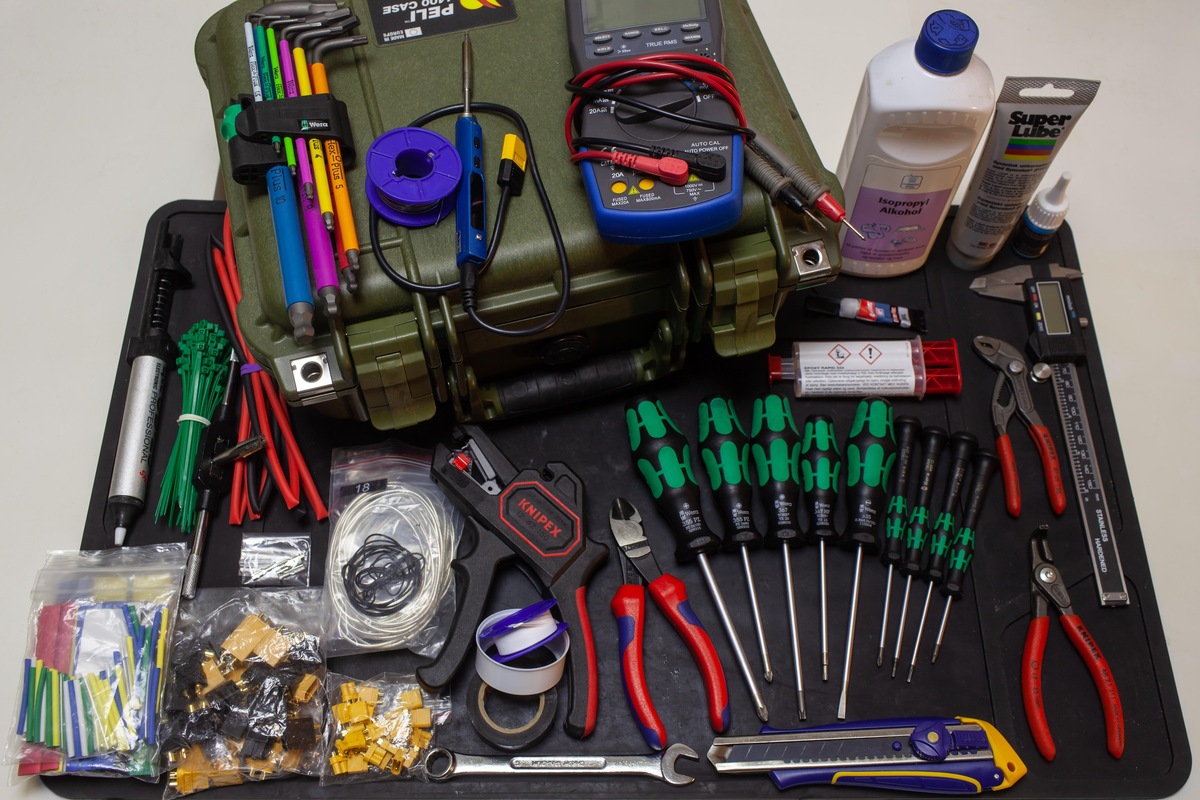

Articles
What Do You Need In A Tool Box
Modified: September 1, 2024
Looking for articles on what you need in a tool box? Find essential tips and recommendations for building the perfect tool box for your DIY projects.
(Many of the links in this article redirect to a specific reviewed product. Your purchase of these products through affiliate links helps to generate commission for Storables.com, at no extra cost. Learn more)
Introduction
When it comes to tackling household repairs, DIY projects, or even simple tasks around the house, having a well-equipped toolbox is essential. A tool box not only keeps your tools organized and easily accessible but also ensures that you have the right tools at hand for any job that comes your way.
Building a comprehensive tool box may seem overwhelming, especially if you’re new to DIY or handy work. However, with a basic set of hand tools and a few additional essential items, you can be prepared for a wide range of projects.
This article will guide you through the must-have tools for your toolbox, covering everything from screwdrivers and wrenches to safety equipment and additional specialty tools. By the end, you’ll have the knowledge to assemble a well-rounded toolbox that suits your needs and helps you tackle any household task with confidence.
Key Takeaways:
- A well-equipped toolbox is essential for any DIY enthusiast, homeowner, or professional, providing the right tools for a wide range of projects with confidence and efficiency.
- In addition to basic hand tools, consider adding specialty items such as a utility knife, saw, chisels, router, nail gun, air compressor, wire stripper, and multimeter to expand your DIY capabilities.
Read more: What Do You Need For A Picnic
Basic Hand Tools
Before diving into the specifics, let’s start with the essential hand tools that every toolbox should have. These tools will prove useful for a wide range of tasks and are a solid foundation for any DIY enthusiast or homeowner.
- Screwdrivers: A set of screwdrivers is a must-have in any toolbox. Make sure you have both flathead and Phillips head screwdrivers in various sizes to accommodate different screw types and sizes.
- Wrenches: Wrenches are essential for tightening or loosening nuts and bolts. A combination wrench set, which includes both open-ended and box-ended wrenches in different sizes, will cover most of your needs.
- Pliers: Pliers are versatile tools that can be used for gripping, bending, cutting, and holding various materials. A set of slip-joint pliers, needle-nose pliers, and locking pliers should cover the majority of tasks you’ll encounter.
- Hammer: A hammer is indispensable for tasks that require driving nails or removing them. Look for a hammer with a comfortable grip and a weight that suits your preference.
- Tape Measure: Accurate measurements are crucial for any project. Invest in a sturdy tape measure with both metric and imperial units to ensure precision.
These basic hand tools will serve you well for a variety of tasks around the house. Moving forward, let’s explore some additional tools that will enhance your toolbox and expand your capabilities.
Screwdrivers
Screwdrivers are essential tools for any toolbox as they are used to tighten or loosen screws of various sizes and types. They come in different shapes and sizes, each designed for specific screw heads. Here are the main types of screwdrivers you should have in your toolbox:
- Flathead Screwdrivers: Flathead screwdrivers have a flat, straight blade that fits into slotted screw heads. They are commonly used for basic household tasks and are available in different sizes. Make sure to have a few different sizes to accommodate various screw sizes.
- Phillips Screwdrivers: Phillips screwdrivers have a cross-shaped tip and are designed to fit into Phillips screw heads. These screws have a cross-shaped indentation in the head, which allows for better torque and prevents the screwdriver from slipping. Having a set of Phillips screwdrivers in different sizes will ensure you have the right tool for any job.
- Torx Screwdrivers: Torx screwdrivers are used for screws with a star-shaped socket in the head. These screws are commonly found in electronics, appliances, and automotive applications. Make sure to have a set of Torx screwdrivers in different sizes to accommodate the various Torx screw sizes.
- Hex Screwdrivers: Hex screwdrivers, also known as Allen wrenches or keys, are used for hexagonal socket screws. They are commonly used for assembling furniture, bicycles, and other equipment. It’s a good idea to have a set of hex screwdrivers or a multi-bit screwdriver with interchangeable hex bits for versatility.
When choosing screwdrivers, look for those with a comfortable grip and durable construction. A magnetic tip can be beneficial as it helps hold the screw in place, making it easier to start driving it into the desired material.
Having a well-rounded set of screwdrivers in your toolbox will ensure that you’re prepared for a wide range of tasks that involve screws. Keep them organized and easily accessible so that you can grab the right one for the job at hand.
Wrenches
Wrenches are indispensable tools when it comes to tightening or loosening nuts and bolts. They provide leverage and allow for precise control, making them essential for various mechanical and household tasks. Here are the main types of wrenches that should be included in your toolbox:
- Adjustable Wrench: An adjustable wrench, also known as a crescent wrench, is a versatile tool that can fit a range of nut and bolt sizes. It features an adjustable jaw, allowing you to tighten or loosen fasteners of different diameters. Having an adjustable wrench in your toolbox eliminates the need to have multiple fixed-sized wrenches.
- Combination Wrench Set: A combination wrench set is a collection of wrenches that have a box-ended wrench on one end and an open-ended wrench on the other. These wrenches come in different sizes and are useful for various applications. They are ideal for tasks where the socket needs to remain in the same position while turning the wrench or for accessing tight spaces where a socket wrench may not fit.
- Socket Wrench Set: A socket wrench set consists of a ratchet handle and a set of interchangeable sockets that attach to the ratchet. Socket wrenches allow for quick and efficient tightening or loosening of bolts and nuts. They come in different drive sizes, such as ¼ inch, ⅜ inch, and ½ inch, and a variety of socket sizes. Having a socket wrench set will enable you to work with different fasteners and access hard-to-reach areas.
- Allen Wrench Set: Allen wrenches, also known as hex keys or hex wrenches, are used to tighten or loosen socket screws with hexagonal heads. They come in sets with various sizes and are commonly used for assembling furniture, bicycles, and other equipment that use hex head fasteners.
When choosing wrenches, opt for those made from high-quality steel for durability. Look for wrenches with ergonomic handles for comfort during prolonged use. It’s also a good idea to have a wrench organizer or case to keep your wrenches organized and easily accessible.
Having a variety of wrenches in your toolbox will ensure that you have the right tool for any fastening job that comes your way. Whether it’s adjusting bike components, tightening plumbing connections, or assembling furniture, your wrenches will prove invaluable.
Pliers
Pliers are versatile hand tools that are essential for various tasks, from gripping and bending to cutting and holding objects. They come in different shapes and sizes, each designed for specific purposes. Here are the main types of pliers that should be included in your toolbox:
- Slip-Joint Pliers: Slip-joint pliers are a versatile tool with an adjustable pivot point that allows you to adjust the size of the jaw opening. They can be used for gripping, bending, and holding materials of different sizes. These pliers are great for general household tasks, such as tightening nuts, pulling nails, or holding objects in place.
- Needle-Nose Pliers: Needle-nose pliers have long, thin jaws that taper to a pointed tip. They allow for precise gripping in tight spaces and are commonly used for tasks that require fine control, such as working with small wires, bending or shaping jewelry, or accessing hard-to-reach areas. These pliers are also useful for gripping and manipulating small objects.
- Locking Pliers: Locking pliers, also known as Vise-Grips, have an adjustable jaw that can be locked onto a workpiece, providing a secure grip. They are ideal for holding objects firmly in place, especially when you need both hands free. Locking pliers can also be used as clamps or for tightening or loosening stubborn bolts or nuts.
- Wire Cutters: Wire cutters, as the name suggests, are designed specifically for cutting wires or cables. They have sharp blades and a spring mechanism that makes cutting wires effortless. Look for wire cutters with comfortable handles and a cutting capacity suitable for the types of wires you will commonly encounter.
- Long-Nose Pliers: Long-nose pliers, also known as bent-nose pliers, have a long, slender jaw with a pointed or bent tip. They are useful for reaching into tight spaces, bending or shaping wires, and gripping small objects. These pliers are commonly used in electrical work, jewelry making, and other precision tasks.
When selecting pliers, choose those made from high-quality materials for durability and long-lasting performance. Make sure the handles have a comfortable grip and provide good leverage. It is also beneficial to have a pliers set that includes multiple types of pliers for versatility in different projects.
With a set of reliable pliers in your toolbox, you will be ready to tackle various tasks that require gripping, bending, cutting, or holding materials. They are essential tools for any DIY enthusiast, electrician, or mechanic.
Read more: What Hand Tools Do I Need As A Mechanic
Hammer
A hammer is a fundamental tool in any toolbox, enabling you to drive and remove nails, as well as perform a variety of other tasks. Hammers come in different shapes, sizes, and materials to suit various applications. Here are the main types of hammers that should be included in your toolbox:
- Claw Hammer: The claw hammer is the most common type of hammer used in households. It has a flat striking surface at one end for driving nails and a curved, V-shaped claw at the other end for removing nails or prying up materials. Claw hammers come in various sizes, but a 16-ounce hammer is generally suitable for most household tasks.
- Ball-Peen Hammer: The ball-peen hammer, also known as a machinist hammer, has a rounded striking surface on one end and a ball-shaped peen on the other end. It is commonly used in metalworking tasks, such as shaping or riveting metal. The peen can be used for smoothing or rounding out metal surfaces.
- Dead Blow Hammer: A dead blow hammer is a specialized type of hammer that has a hollow head filled with sand or shot. This design minimizes rebound and provides a controlled impact, making it ideal for tasks where you need to avoid damaging the surface being struck. Dead blow hammers are commonly used in automotive work, woodworking, and delicate materials.
- Rubber Mallet: A rubber mallet has a rubber or plastic head attached to a handle. It is used for tasks that require striking without causing damage or leaving marks. Rubber mallets are commonly used in woodworking, tile installation, and other applications where a softer blow is needed.
When choosing a hammer, consider the weight, handle grip, and balance. Ensure that the handle is comfortable to hold and absorbs shock, reducing strain on your hand and arm. It’s also important to select a hammer with a head made of durable material, such as steel.
Having a reliable hammer in your toolbox will allow you to tackle a wide range of tasks, from basic household repairs to more advanced woodworking or metalworking projects. Make sure to use the right hammer for the job and always exercise caution and precision when using this powerful tool.
Tape Measure
A tape measure is an indispensable tool for accurate measurements, making it essential for a wide range of projects. From measuring the dimensions of a room to determining the length of materials, a tape measure is a must-have in any toolbox. Here’s what you need to know about tape measures:
Tape Measure Types:
There are two main types of tape measures: retractable and non-retractable.
- Retractable Tape Measures: Retractable tape measures are the most common type and consist of a metal tape wound inside a plastic or metal case. The tape is pulled out and locked in place when taking measurements. Retractable tape measures typically have a locking mechanism to secure the tape at the desired length and a button or lever to retract the tape back into the case.
- Non-Retractable Tape Measures: Non-retractable tape measures, also known as pocket tape measures or folding rulers, come in a compact form and are often made of wood or metal. They have a series of hinged sections that fold open to reveal measurement markings. These tape measures are useful when measuring curved or irregular surfaces.
Tape Measure Features:
When choosing a tape measure, consider the following features:
- Length: Tape measures come in various lengths, typically ranging from 16 to 35 feet (5 to 10 meters). Choose a length that suits the range of measurements you are likely to encounter in your projects.
- Measurement Units: Tape measures are available in both metric (centimeters and meters) and imperial (inches and feet) units, or dual-scale models that include both. Select a tape measure with the measurement units that align with your preferences and the projects you intend to work on.
- Hook: The end of the tape measure usually has a hook that attaches to the starting point of the measurement. Some tape measures have a hook that can slide back and forth, allowing for measurements that start from either the front or back of the tape measure.
- Standout: Standout refers to the tape measure’s ability to stay rigid and extended without collapsing. Look for a tape measure with a substantial standout length to make measuring long distances easier.
Tape measures are vital for construction, woodworking, sewing, and other projects that require precise measurements. Keep your tape measure well-maintained, clean, and stored in a dry place to ensure accurate readings. With a reliable tape measure in your toolbox, you’ll be equipped to measure and mark with confidence in all your DIY endeavors.
Always include a variety of screwdrivers, pliers, a hammer, a tape measure, and a utility knife in your toolbox. These basic tools will cover most household repairs and projects.
Level
A level is a crucial tool for ensuring that objects and surfaces are perfectly horizontal, vertical, or at the desired angle. It is an essential tool for tasks such as hanging shelves, installing cabinets, or aligning pictures on a wall. Here is what you need to know about levels:
Types of Levels:
There are several types of levels available, each designed for specific applications:
- Spirit Level: A spirit level, also known as a bubble level, is the most common type of level. It consists of a rectangular or cylindrical tube filled with liquid and an air bubble. The goal is to center the bubble between two reference lines or marks by adjusting the object being measured. Spirit levels come in different lengths, typically ranging from 9 to 48 inches (23 to 122 centimeters).
- Torpedo Level: A torpedo level is a smaller, compact spirit level that is typically around 9 inches (23 centimeters) in length. It is commonly used for tasks in tight spaces or when a more portable level is needed. Torpedo levels often feature additional features, such as magnetic edges for easy attachment to metal surfaces.
- Laser Level: A laser level emits a laser beam to create a perfectly straight and level line across a surface. These levels are particularly useful for larger projects and tasks that require precision, such as installing tiles or building a retaining wall. Laser levels can project horizontal, vertical, or angled lines, and some models even include self-leveling capabilities.
- Post and Pipe Level: A post and pipe level is a specialized level designed specifically for determining the vertical alignment of posts, pipes, or cylindrical objects. It typically has V-shaped notches that allow it to rest securely on a round surface.
Using a Level:
To use a level, place it on the object or surface you want to check for levelness or alignment. Adjust the position of the object until the bubble in the spirit level is centered between the reference lines or within the designated indicators. This indicates that the surface is perfectly level or plumb. For laser levels, follow the instructions provided with the specific model to project a straight line accurately.
When purchasing a level, consider the durability, accuracy, and ease of use. Look for levels with solid construction, clear and easy-to-read vials, and reliable leveling mechanisms. Some levels also feature additional features like built-in rulers or digital readouts for added convenience.
A level is an indispensable tool for achieving accuracy and precision in your projects. With a reliable level in your toolbox, you’ll be able to ensure that everything hangs straight, sits level, and aligns perfectly with ease.
Utility Knife
A utility knife, also known as a box cutter or a retractable knife, is a versatile cutting tool that should be a staple in every toolbox. It is designed for a wide range of cutting tasks in various materials, making it an essential tool for DIY projects, crafts, and general repairs. Here’s what you need to know about utility knives:
Features and Types:
Utility knives typically have the following features:
- Retractable Blade: The retractable blade design allows you to control the blade’s exposure, ensuring safety when not in use or during storage. You can extend or retract the blade, depending on your cutting needs.
- Replaceable Blades: Most utility knives feature replaceable blades, allowing you to change blades when they become dull or damaged. This ensures that you always have a sharp cutting edge available.
- Blade Locking Mechanism: The blade locking mechanism keeps the blade securely in place during use, preventing accidental retractions and enhancing safety.
- Handle Design: Utility knives come in various handle designs, including metal, plastic, or rubberized grips. Choose a handle that feels comfortable and provides a secure grip, especially for tasks that require precision and control.
There are also specialized utility knives available, such as those with a hooked blade for cutting ropes or carpets, or those with snap-off blades that allow you to break off dull sections and reveal a fresh cutting edge.
Common Uses:
Utility knives offer a range of applications, including:
- Cutting: Utility knives are ideal for cutting materials such as cardboard, plastic, linoleum, carpet, wallpaper, foam, and more. They are commonly used in construction, arts and crafts, and packaging.
- Score and Snap: With the help of a ruler or straight edge, utility knives can score and snap materials like drywall or thin plywood, allowing for clean and precise cuts.
- Stripping Wire: Utility knives can be used to strip the insulation off electrical wires when a dedicated wire stripping tool is not available.
- Opening Boxes: As its name suggests, a box cutter is excellent for cutting through cardboard boxes or packaging, making it a handy tool for moving or receiving packages.
- General Repairs: From trimming materials to making small cuts in various DIY projects, a utility knife can assist in a wide range of general repair tasks around the house.
Please exercise caution when using a utility knife and follow safety guidelines, such as keeping the blade retracted when not in use and properly storing the knife to prevent accidental cuts or injuries.
A utility knife offers reliability, convenience, and versatility for a multitude of tasks. With a well-made, sharp utility knife in your toolbox, you’ll always be equipped to handle any cutting job that comes your way.
Read more: What Do You Need For Home Improvements?
Drill and Drill Bits
A drill is a powerful and versatile tool that allows you to make holes in various materials, including wood, metal, plastic, and concrete. It is an essential tool for DIY projects, construction, woodworking, and other tasks that require fastening or drilling. Along with a drill, having a collection of drill bits is crucial for different hole sizes and materials. Here’s what you need to know about drills and drill bits:
Drill Types:
There are several types of drills available, each designed for specific applications:
- Corded Drills: Corded drills are powered by electricity and offer continuous power without the need for recharging or replacing batteries. They are typically more powerful than cordless drills, making them suitable for heavy-duty applications.
- Cordless Drills: Cordless drills are powered by rechargeable batteries, providing portability and convenience. They are available in various sizes and power levels, making them suitable for a wide range of tasks. The battery’s voltage and ampere-hour (Ah) rating determine the drill’s power and runtime.
- Hammer Drills: Hammer drills are designed for drilling into harder materials like concrete, brick, or stone. They feature a hammering action that provides additional force to penetrate tough surfaces. Some cordless drills have a hammer drill function, combining drilling and hammering capabilities in one tool.
- Impact Drivers: Impact drivers are specialized tools for driving screws and fasteners. They deliver high torque and repetitive rotational impacts, allowing for efficient and quick fastening. Impact drivers are commonly used in construction, cabinetry, and automotive tasks.
Drill Bits:
Drill bits come in various sizes and types, and using the right drill bit for each job is crucial for achieving accurate and clean holes. Here are some common types of drill bits:
- Twist Drill Bits: Twist drill bits are the most common type and are suitable for drilling holes in various materials, including wood, metal, and plastic. They have a spiral shape, or “twist,” which helps to remove material as they drill into the surface.
- Spade Bits: Spade bits, also known as paddle bits, are designed for drilling larger holes in wood. They have a flat, paddle-like tip that cuts through the wood efficiently.
- Forstner Bits: Forstner bits are primarily used for drilling precise, flat-bottom holes in wood. They are ideal for tasks that require clean and accurate holes, such as furniture making or cabinetry.
- Masonry Bits: Masonry bits are specifically designed for drilling into harder materials like concrete, brick, or stone. They have a carbide or diamond-embedded tip that can withstand the high friction and impact of drilling into these materials.
- Step Bits: Step bits are versatile bits that can drill holes of multiple sizes. They have a conical shape with stepped grooves, allowing you to gradually drill holes of increasing diameters.
When choosing a drill, consider factors such as power, speed, chuck size, and ergonomics. For drill bits, select sets that offer a variety of sizes and types to cover a wide range of projects. Always ensure that the drill bit is securely inserted into the drill’s chuck before use.
With a reliable drill and a selection of quality drill bits in your toolbox, you’ll be ready to tackle a multitude of drilling and fastening tasks with ease and precision.
Power and Extension Cords
Power cords and extension cords are essential tools for providing electrical power to your tools and equipment. Whether you’re working indoors or outdoors, having the right cords ensures that you can reach power sources conveniently and safely. Here’s what you need to know about power cords and extension cords:
Power Cords:
Power cords are typically used to connect electrical devices directly to a power outlet. They come in various lengths and styles to accommodate different needs:
- Standard Power Cords: Standard power cords are often included with electrical devices and have a specific length, typically ranging from a few feet to around 12 feet. They have male plugs on one end to connect to the power outlet and female plugs on the other end to connect to the device.
- Heavy-Duty Power Cords: Heavy-duty power cords are designed to handle higher wattages and heavier loads. They are built with thicker, more durable insulation and stronger connections for increased safety and longevity. Heavy-duty power cords are commonly used in construction sites, workshops, and other demanding environments.
- Retractable Power Cords: Retractable power cords have a mechanism that allows the cord to be pulled out of a housing when needed and retracted back into the housing for easy storage. They are convenient for eliminating tangled cords and keeping your workspace organized.
Extension Cords:
Extension cords are used to extend the reach of power cords, allowing you to connect your tools and equipment to a power source that is further away. Here are some key points about extension cords:
- Length and Gauge: Extension cords come in various lengths, typically ranging from 6 to 100 feet or more. The longer the cord, the larger the gauge (thickness) of the wire should be to prevent excessive voltage drop. Gauge sizes are indicated by numbers, with lower numbers indicating thicker wires.
- Indoor vs. Outdoor Use: Make sure to choose the appropriate extension cord for your specific needs. Indoor extension cords are not designed to withstand exposure to moisture or harsh conditions, while outdoor extension cords are built with weather-resistant materials for safe use outdoors.
- Capacity and Amp Rating: Extension cords have a maximum capacity or amp rating, indicating the amount of current they can safely carry. Make sure the amp rating of the extension cord matches or exceeds the power requirements of your tools and equipment to avoid overloading the cord.
- Multiple Outlets: Some extension cords come with multiple outlets, allowing you to connect multiple devices simultaneously. This can be convenient when working with several tools or devices in one area.
When using power cords and extension cords, remember to follow safety precautions. Inspect cords for any damage before use, avoid running cords under rugs or in high-traffic areas where they can be tripped over, and never overload cords with too many devices or appliances.
Having a selection of power cords and extension cords in your toolbox ensures that you can easily access power sources and work efficiently and safely, whether indoors or outdoors.
Safety Equipment
When it comes to working with tools and tackling DIY projects, safety should always be a top priority. Having the right safety equipment in your toolbox is essential for protecting yourself from potential hazards and reducing the risk of accidents. Here are some crucial safety items that you should include:
- Safety Glasses/Goggles: Protecting your eyes is crucial when working with tools, especially those that generate debris or produce sparks. Safety glasses or goggles shield your eyes from flying particles or accidental splashes of chemicals, ensuring your vision stays clear and protected.
- Ear Protection: Exposure to loud noises from power tools or machinery can cause hearing damage over time. Ear protection, such as earplugs or earmuffs, helps reduce noise levels and prevent hearing loss. Ensure that the ear protection you choose is appropriate for the noise level of your specific project.
- Dust Mask/Respirator: When working with materials that produce dust, fumes, or airborne particles, wearing a dust mask or respirator is crucial to protect your respiratory system. These masks prevent inhalation of harmful particles, such as dust, paint fumes, or toxic substances.
- Gloves: Wearing gloves provides protection for your hands and prevents injuries from sharp objects, splinters, or chemicals. Choose gloves that are suitable for the specific task you are performing — for example, heavy-duty gloves for handling rough materials or chemical-resistant gloves for working with hazardous substances.
- Protective Clothing: Depending on the nature of your project, it may be necessary to wear protective clothing such as coveralls or a work apron to shield your body from potential hazards. This can include protection from sharp objects, hot materials, or chemical spills.
- Safety Boots/Shoes: Proper footwear is essential for protecting your feet from falling objects, sharp materials, or accidental impacts. Choose safety boots or shoes with slip-resistant soles and toe protection if you’re working in an environment with potential hazards.
- First Aid Kit: Accidents can happen, so it’s important to have a well-stocked first aid kit on hand. Keep supplies such as bandages, antiseptics, tweezers, and basic medical supplies readily available in case of emergencies or minor injuries.
- Fire Extinguisher: Having a fire extinguisher accessible in your workspace is crucial for quickly addressing any potential fires. Make sure the fire extinguisher is appropriate for the types of fires that could occur in your environment and that it is regularly inspected and maintained.
Remember to also follow safe working practices, such as reading and understanding tool manuals, using tools properly, and working in a well-ventilated area. Take breaks when needed, stay hydrated, and never rush a task at the cost of safety.
By equipping yourself with the right safety equipment and practicing caution, you can ensure a safer work environment and minimize the risk of accidents or injuries while pursuing your DIY projects.
Additional Tools
In addition to the basic hand tools, there are several additional tools that can further enhance your toolbox and expand your capabilities. These tools are versatile and can come in handy for a wide range of projects. Here are some additional tools worth considering:
- Utility Knife: A utility knife, also known as a box cutter, is a versatile cutting tool that can handle various materials. It’s useful for tasks such as cutting cardboard, opening packages, or scoring surfaces before making precise cuts.
- Saw: A saw is a crucial tool for cutting through wood, plastic, or metal. There are various types of saws available, such as crosscut saws for making precise cuts, coping saws for intricate woodwork, and hacksaws for cutting metal.
- Chisels: Chisels are sharp tools used for shaping or carving wood or other materials. They are commonly used in woodworking projects, such as trimming or creating intricate designs.
- Router: A router is a power tool used for hollowing out an area or creating intricate designs in wood, plastic, or other materials. It’s commonly used in woodworking and cabinetry projects to create decorative edges or precise cuts.
- Nail Gun: A nail gun is a powerful tool that accelerates the process of driving nails into materials such as wood or drywall. It saves time and effort compared to using a hammer and is commonly used in construction or carpentry projects.
- Air Compressor: An air compressor is a versatile tool that allows you to power pneumatic tools such as nail guns, paint sprayers, or air-powered wrenches. It provides a constant supply of compressed air, eliminating the need for manual effort in these tools.
- Wire Stripper: A wire stripper tool is specifically designed for safely stripping the insulation off electrical wires. It allows for quick and precise wire stripping, making it essential for electrical work or any project involving wires.
- Multimeter: A multimeter is an electronic measuring instrument used to measure voltage, current, and resistance. It is crucial for electrical work, troubleshooting circuits, or checking the continuity of wires and components.
These additional tools can greatly expand the range of projects you can tackle and provide more efficient and precise results. As you gain experience and tackle more complex tasks, consider investing in these tools to further enhance your DIY capabilities.
Read more: What Tools Do You Need For HVAC
Conclusion
A well-equipped toolbox is essential for any DIY enthusiast, homeowner, or professional. Having the right tools at your disposal not only saves time and money but also empowers you to tackle a wide range of projects with confidence. Throughout this article, we have explored the must-have tools for your toolbox, from basic hand tools to additional specialty items.
Starting with the basics, a set of screwdrivers, wrenches, pliers, a hammer, tape measure, and level forms the foundation of your toolbox. These tools allow you to perform common tasks such as tightening screws, measuring accurately, and ensuring level surfaces. They are versatile and indispensable for various household repairs and DIY projects.
Moreover, we discussed the importance of having additional tools in your toolbox. Tools such as a utility knife, saw, chisels, router, nail gun, air compressor, wire stripper, and multimeter expand your capabilities and enable you to take on more complex projects with ease.
Lastly, we emphasized the significance of safety equipment in your toolbox. Eye protection, ear protection, dust masks, gloves, safety clothing, safety boots, a first aid kit, and a fire extinguisher are crucial for maintaining a safe work environment and protecting yourself from potential hazards.
Remember, building a toolbox is a personal process that should align with your specific needs and interests. As you develop your DIY skills and encounter different projects, you may find the need to add more specialized tools to your collection.
Investing in high-quality tools, organizing your toolbox effectively, and maintaining your tools are key factors in ensuring their longevity and performance. Regularly inspect your tools, clean them after use, and store them in a dry and secure place to keep them in optimal condition.
With a well-rounded toolbox and the right tools at your disposal, you’ll be equipped to handle a wide range of tasks, from simple repairs to more complex projects. So, roll up your sleeves and let your toolbox be your guide as you embark on your next DIY adventure!
Frequently Asked Questions about What Do You Need In A Tool Box
Was this page helpful?
At Storables.com, we guarantee accurate and reliable information. Our content, validated by Expert Board Contributors, is crafted following stringent Editorial Policies. We're committed to providing you with well-researched, expert-backed insights for all your informational needs.

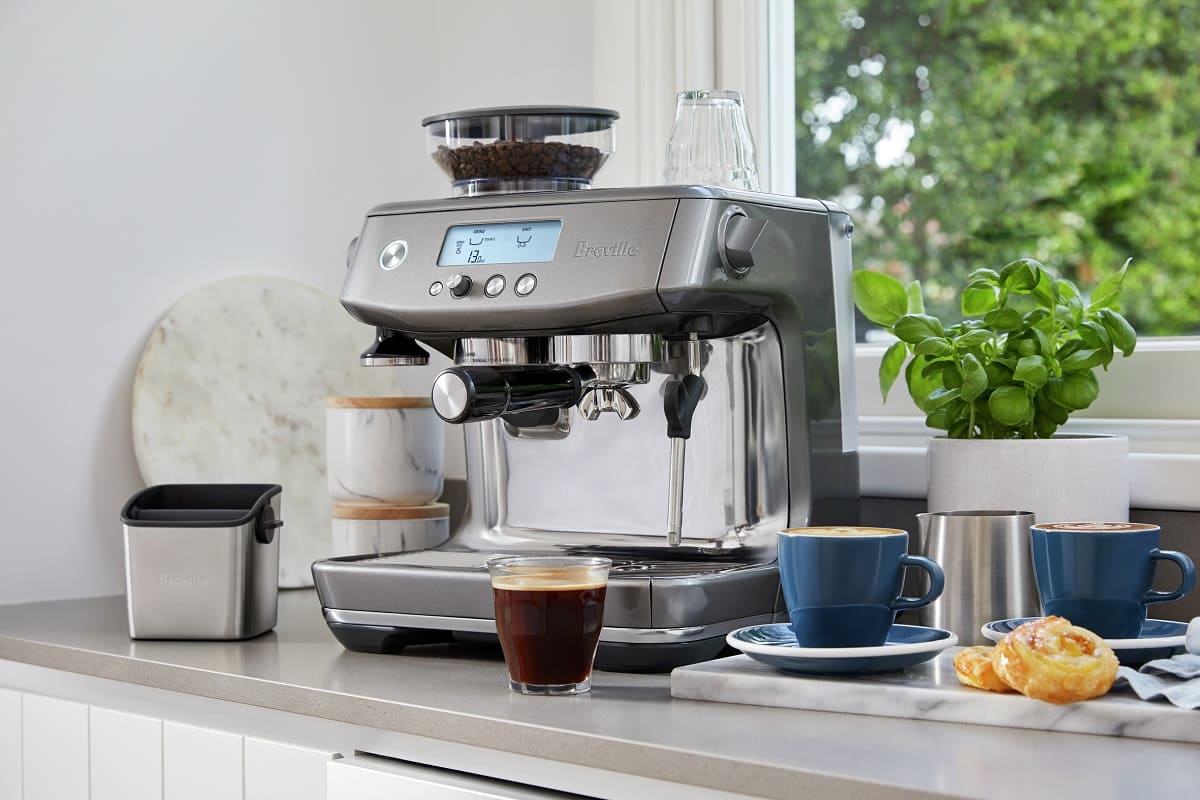

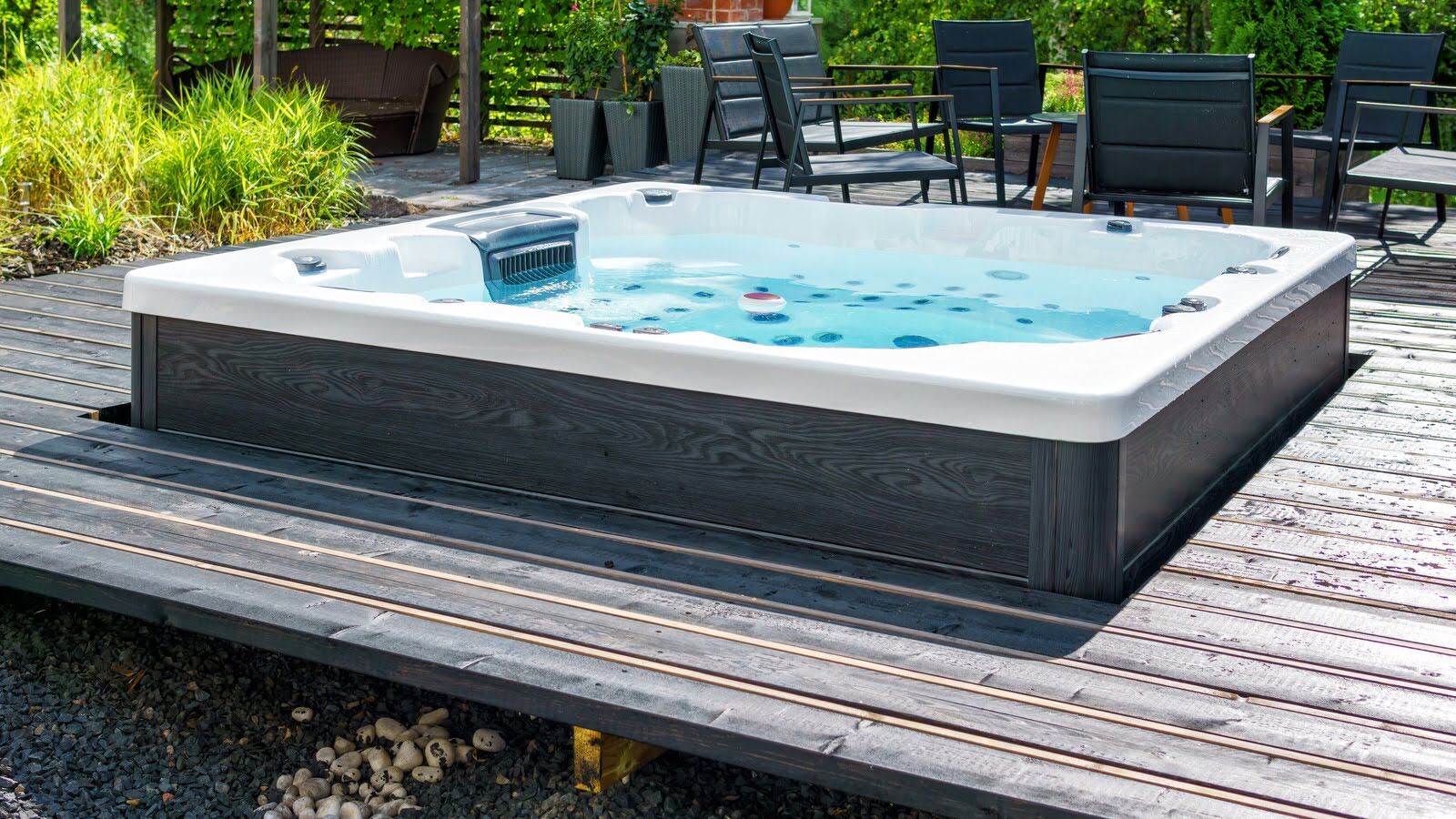

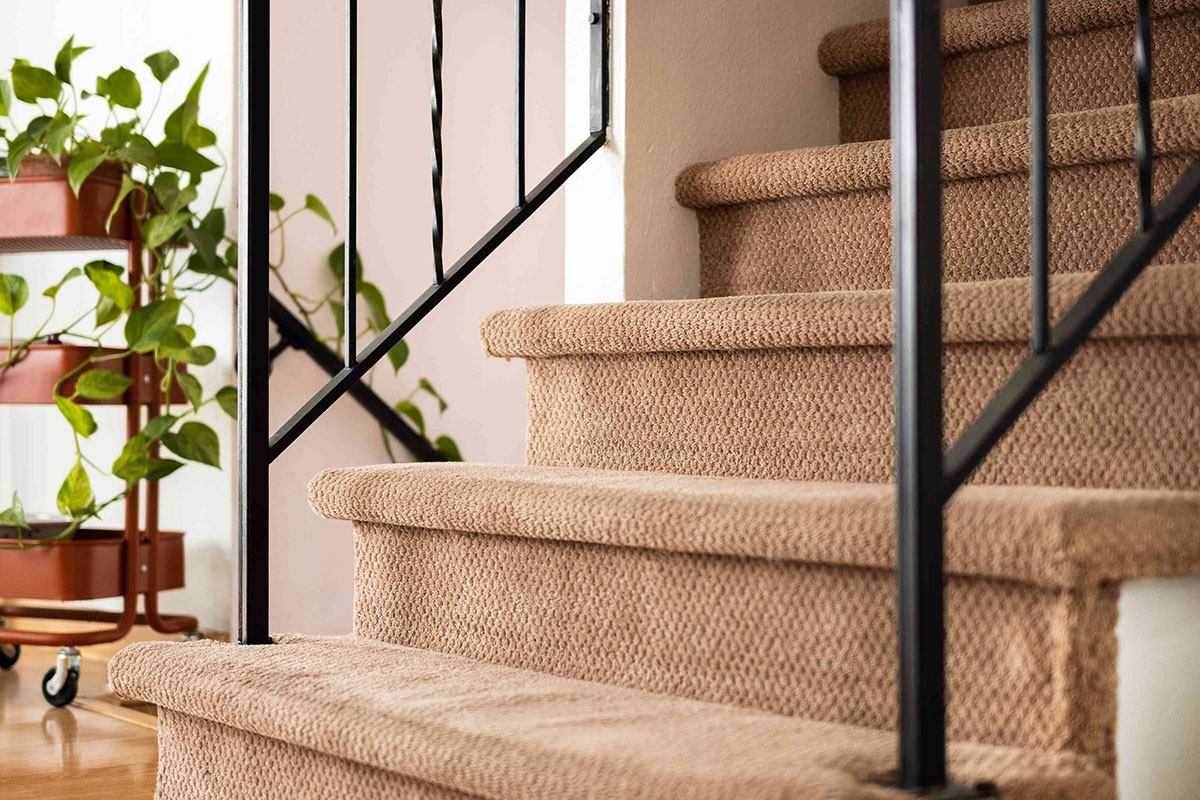

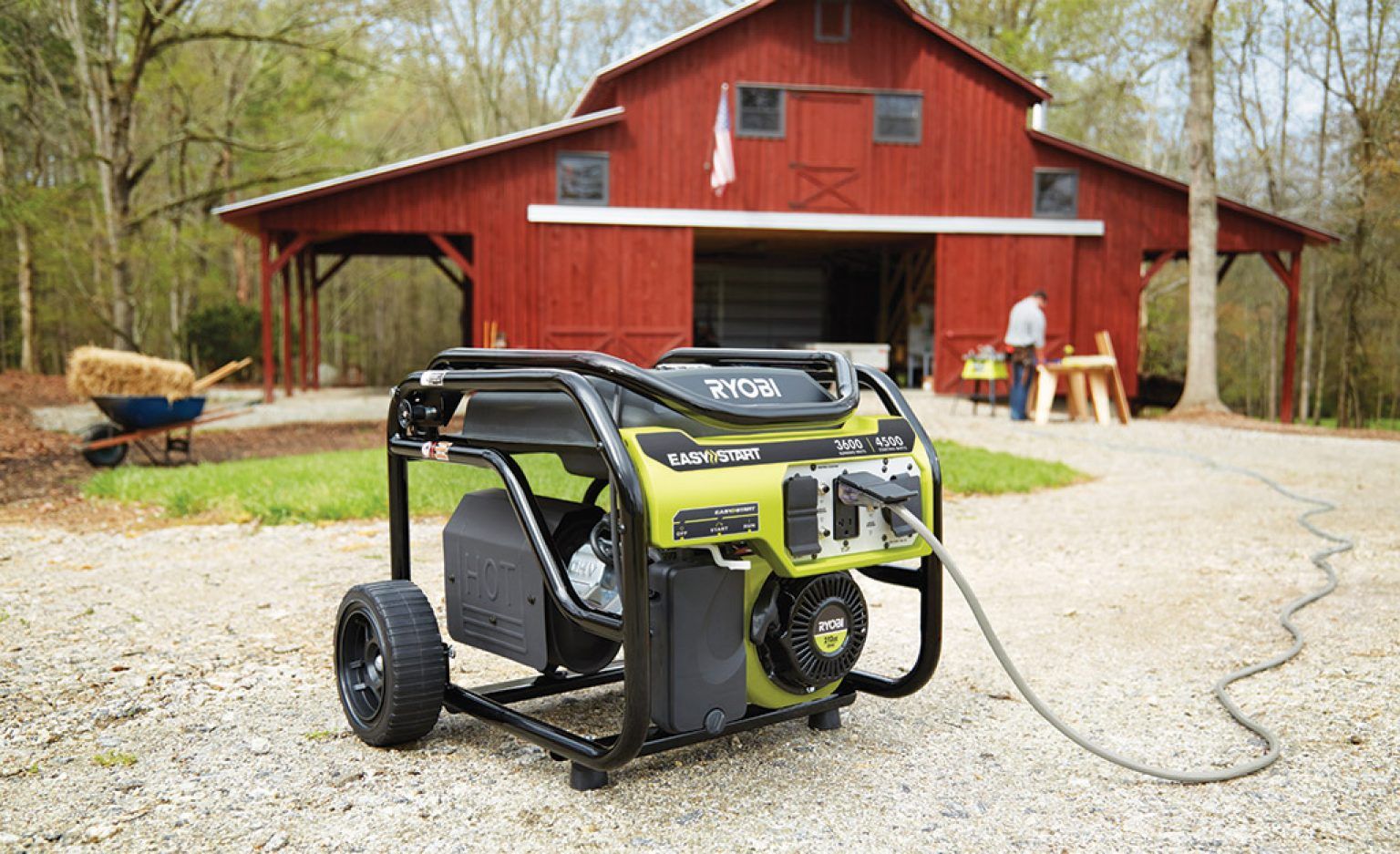
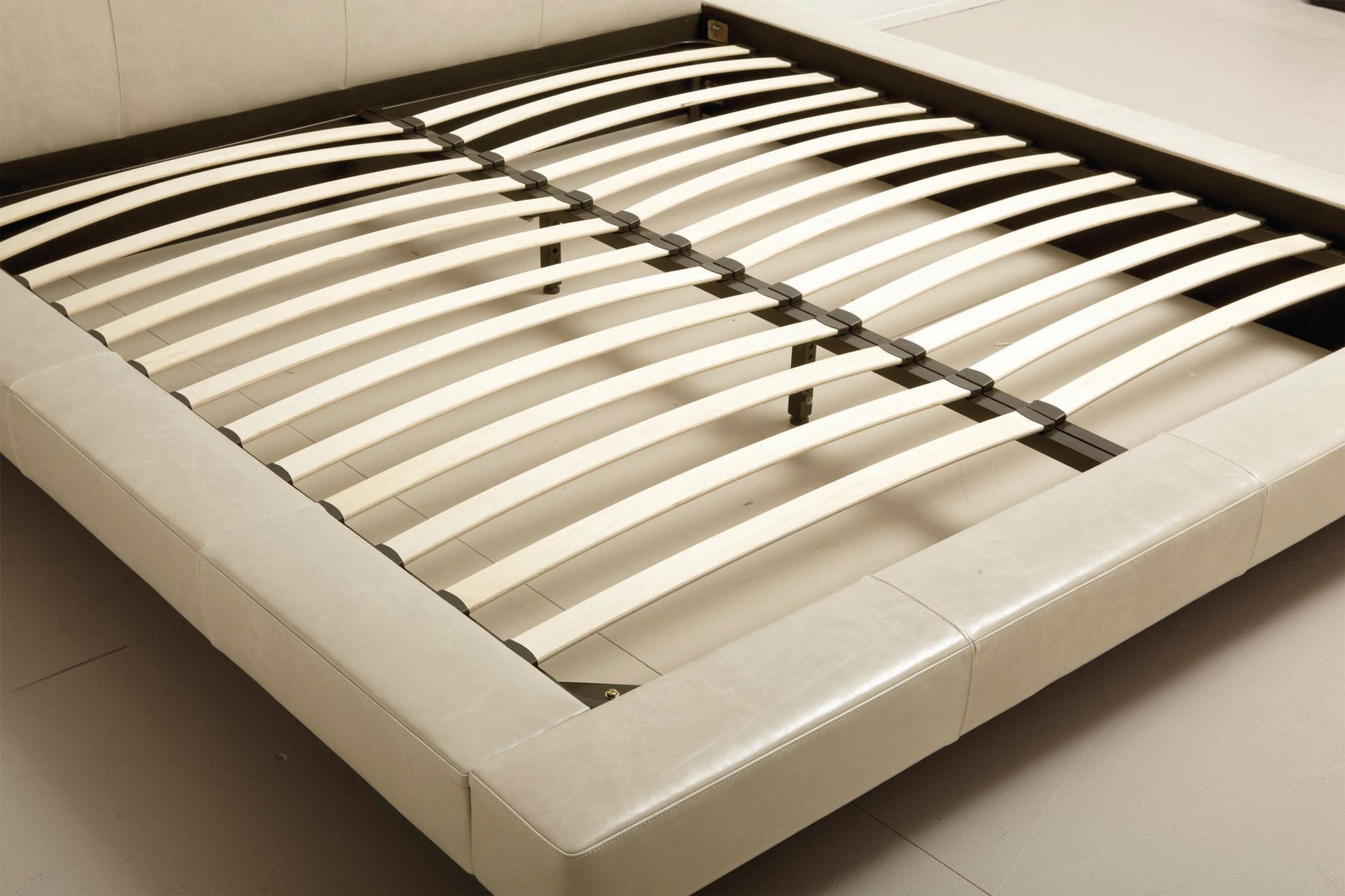
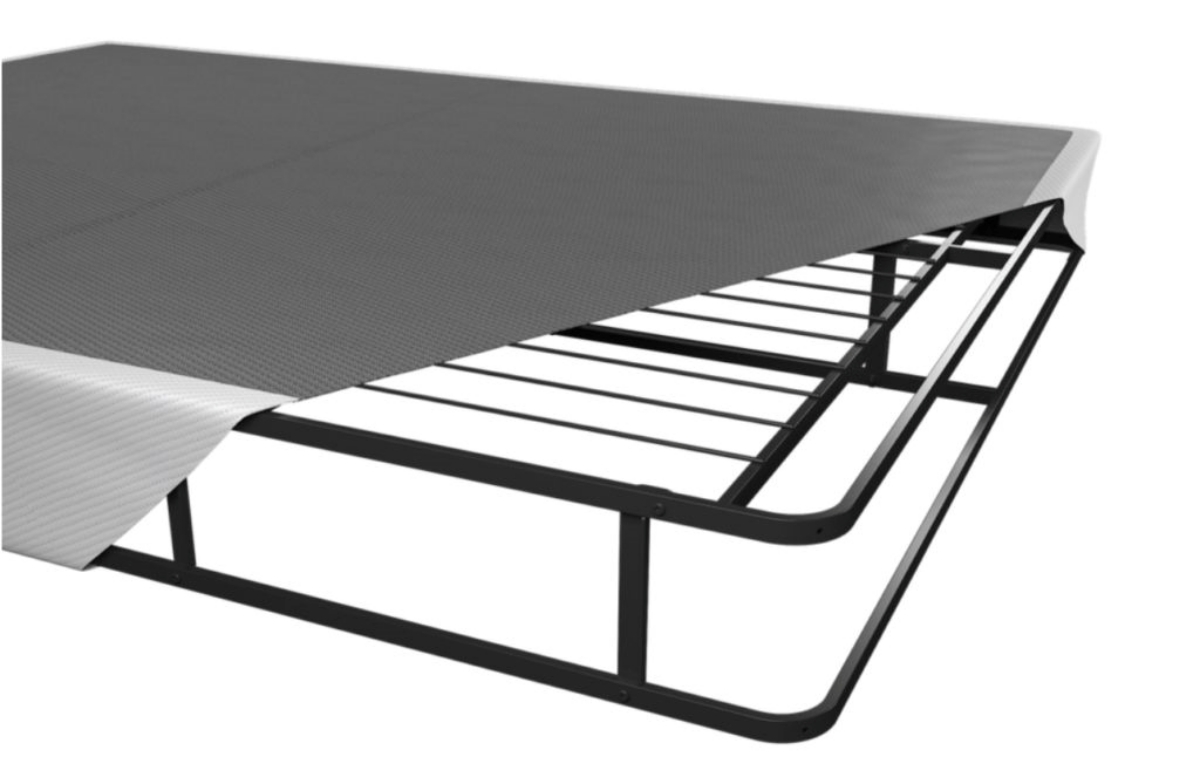
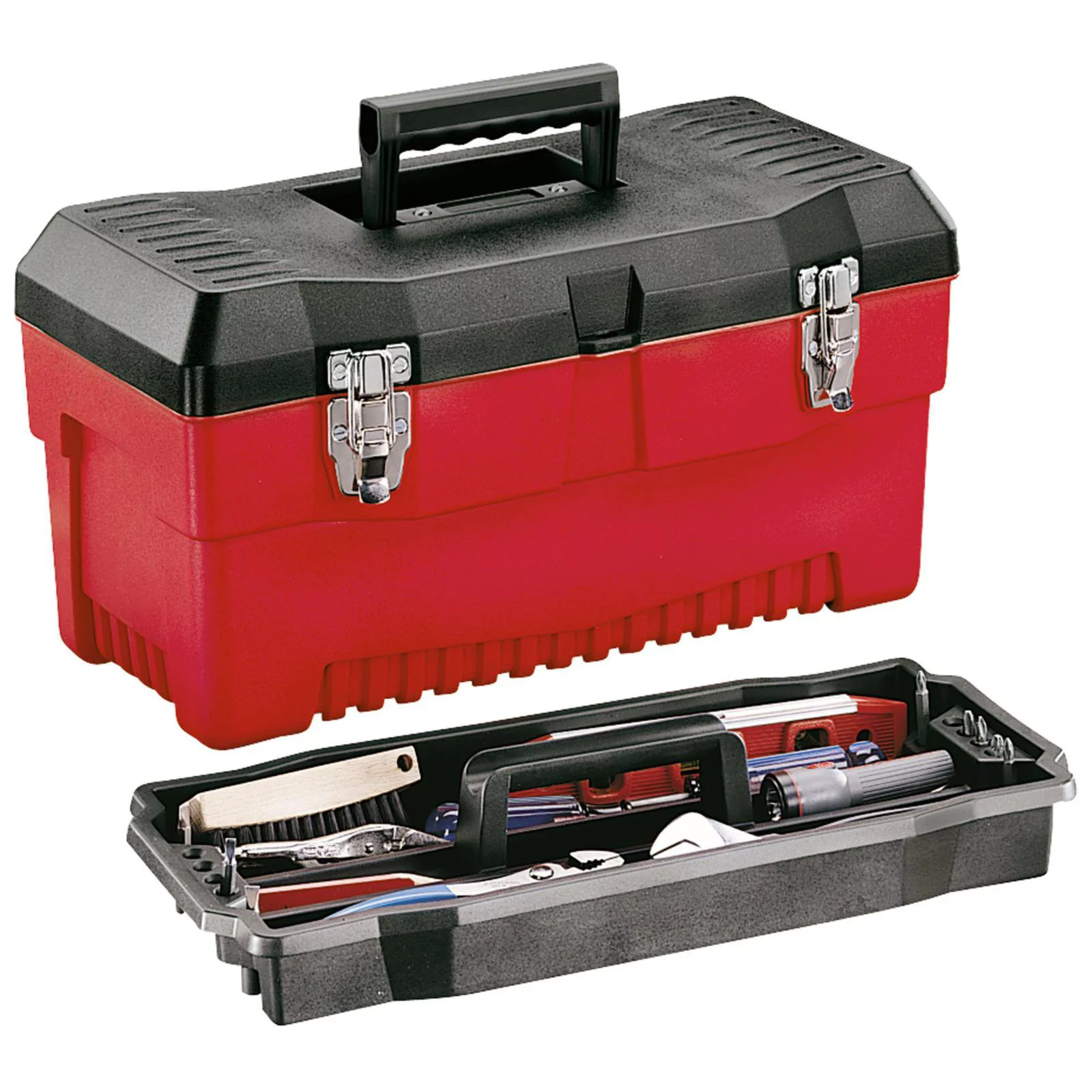


0 thoughts on “What Do You Need In A Tool Box”